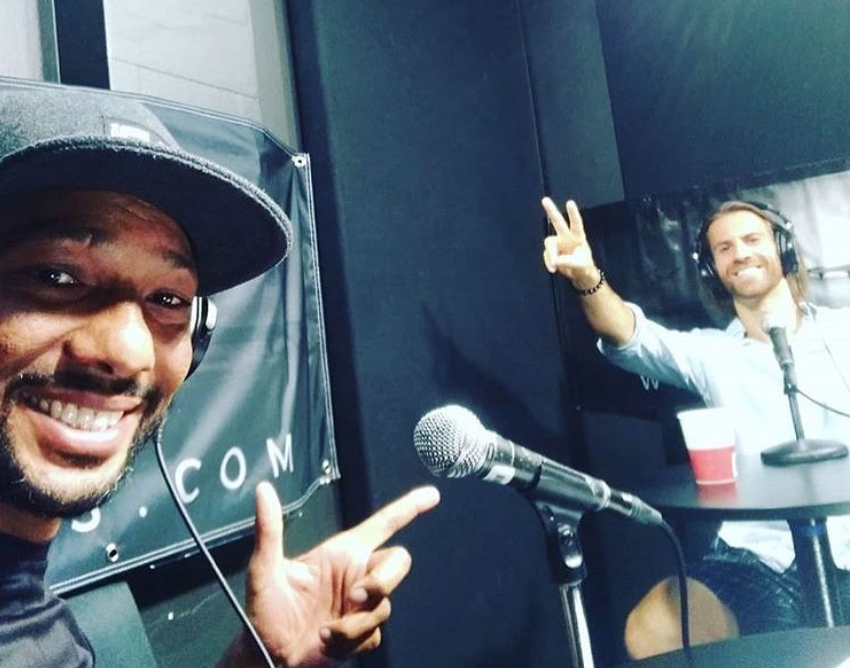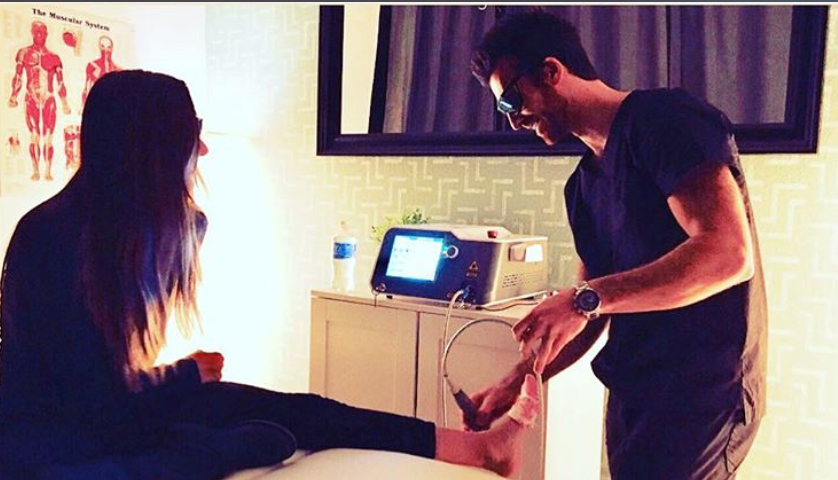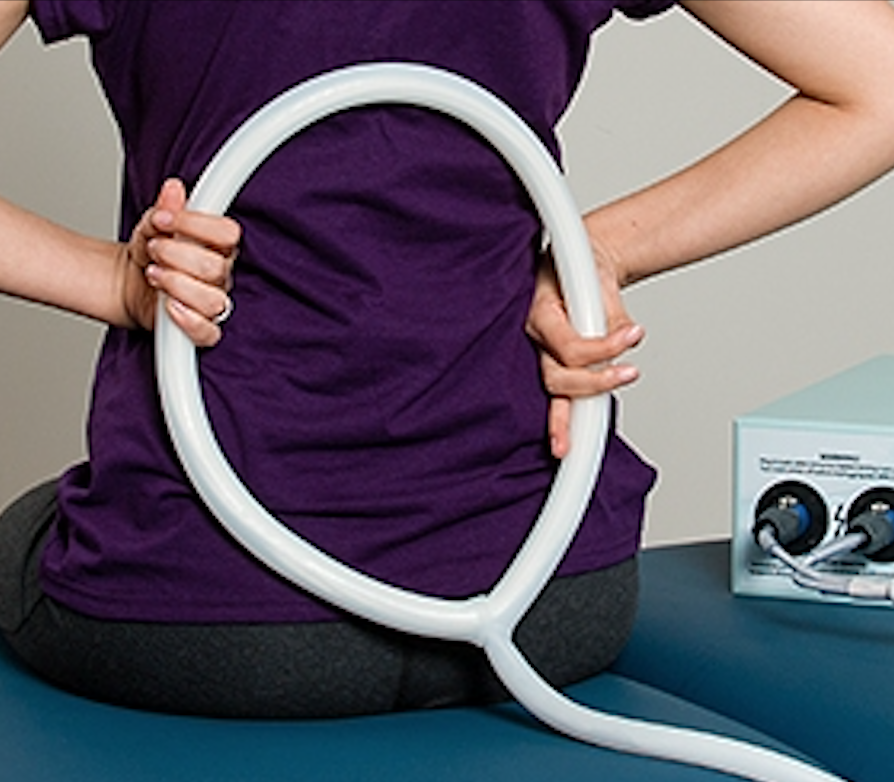Further Benefits of Red-Light Therapy
- Cryotherapy Austin Blog
- Jun 12, 2019
- 5 min read
Updated: Mar 21, 2023
If you’ve read our first blog post on red light therapy (RLT), you’re probably here to find out more about it -- or perhaps you’ve already tried RLT, loved it, and want more details. Whatever brings you, we’re glad you came because we’re heading in for another deep dive into this unique type of, therapy and how it works best. So, come on in, bring your questions, and read on!
Red Light Therapy is Exploding in Popularity
Growing in popularity throughout Austin, Texas and the rest of the country, red light therapy has numerous benefits and few drawbacks, making it an attractive treatment to many. And if you didn’t get enough evidence to support it in the last post, one team compiled a chart highlighting 3,000+ peer-reviewed studies on its various benefits. That’s a lot of supported science! But what about the little questions people have that aren’t being answered (or are difficult to find) in any of the journals? We think they’re worth asking and will do our best to get them all sorted and answered here in our blogs! Let’s get started:
How Long Does Red Light Therapy Take to Work?
Benefits are usually seen in about a month after starting, and may be subtle at first, so it’s important to be patient. Also, be sure to take a ‘before’ picture when you begin treatments, so you can monitor your results over time. Depending upon the surface area being treated and the type of device being used, evidence of improvement may be observable at greatly varying intervals. People may respond differently to certain types of red-light treatments, too, making it even more difficult to guess when progress will be noticeable, especially when impacted by lifestyle habits like smoking, poor diet, excessive alcohol consumption, lack of exercise, and other related factors. Generally speaking, however, with daily use (and please -- only use RLT daily when recommended), you’ll likely notice improvements from most red-light therapy treatments in 4 - 6 weeks.
Can Red Light Therapy Be Used Daily?
The number and length of RLT treatment sessions recommended may depend upon which type of device is used for therapy delivery, strength, and the size of surface area being treated. These factors can vary considerably as well, causing treatment sessions to last from just a few minutes to half an hour or longer. Smaller devices, like those held in the hand, can often be used for a few minutes at a time on smaller treatment areas, making them acceptable for brief daily use. It is also recommended to follow instructions given to you by your therapy practitioner or medical doctor concerning the frequency of treatments you should have.
Can You Use Red Light Therapy Through Your Clothes?
This is not ideal. The portion of skin surface you wish to treat should be fully exposed to the light and some materials can interfere with or prohibit the efficacy of the treatment delivery. For the best results possible, use without clothes on the treatment area.
Can You Get a Tan with RLT?
No, you will not get a tan when receiving RLT. While red light therapy is often delivered via beds similar to tanning beds, the light energy treatment provided with RLT actually improves the condition of the skin -- which tanning, and its damaging UVA and UVB rays, does not. Since the therapy does not alter the pigment or affect the melanin cells of the skin, you will have to find alternate means of obtaining a summer glow.
Can You Shower After Red Light Therapy?
It is recommended that you shower before receiving red light therapy, not after. Prior to RLT, skin should be clean and free of lotions, creams, and moisturizers for the light to evenly penetrate and provide the best possible results. Always use a gentle, mild cleanser for washing the targeted surface area and rinse thoroughly prior to any treatments.
Can Red Light Therapy Cause Skin Cancer?
According to current scientific research, the short answer is, no. Cancer is linked to the ionizing radiation created by ultraviolet light (UVA/UVB) as used in tanning beds and sun exposure. Red light therapy utilizes non-ionizing radiation, which has a very broad wavelength and does not have the capacity to disrupt cellular DNA. It has been proven that even already existing cancer won’t grow or spread when red light therapy is applied.
Can RLT be harmful?
As noted in our first blog on RLT, primary concerns have focused around reports of some red-light therapy users experiencing slight eye irritation if protective goggles weren’t worn during treatment, or minor skin burning if the device used was held too close to the surface area for too long. Other possible issues have also arisen which could occur if RLT users are taking certain prescribed medications like Tetracycline, antibiotics, anti-malarial drugs, antidepressants, tranquilizers, sulfa-drugs, steroids, Digoxin, or other meds known to cause light sensitivity. To prevent such problems, be sure to always consult your physician before receiving red-light therapy if you’re on medications of any type.
Others have advised further precautions related to RLT, including limiting or stopping treatment for users who suffer from epilepsy, porphyria, are taking cortisone injections, are pregnant (although some claim RLT is completely safe for pregnant users), and those who are photo-allergic or use cosmetic products which may render them particularly light sensitive.
Does red light therapy treat cellulite?
Not directly, and we must note that there is no cure for cellulite to date. However, with continued RLT, the toning of the skin may begin to reduce the appearance of cellulite, dimples, and ‘orange peel’ skin textures since the therapy helps boost collagen production and tighten the dermis.
Does red light therapy hurt?
Because this treatment is non-invasive, there is no pain reported from red light therapy sessions other than the occasional slight irritation or minor burn mentioned above. There is also no downtime or recovery period since it is not a surgical procedure.
How long do the results last?
Continued maintenance treatments are encouraged to enjoy prolonged results. Depending upon the type of treatment and number/length of sessions provided, original surface area condition, and the level of progress overall, users may see a range of results. A willingness to continue treatments indefinitely will ensure continued improvement, much like maintaining a healthy diet or fitness lifestyle. Depending on what you are using red-light therapy for (chronic pain, cellular support, or beauty for example), you may need to continue therapy as suggested by your practitioner.
So, have your thoughts changed at all on RLT since we’ve answered all the questions? Are you ready to give it a try? Are you in or near Austin, Texas? When you’re ready to experience this revolutionary therapy, or if you feel you still need more information, just click the contact info below to schedule your first appointment. Until then? Feel free to comment any additional questions you may still have below. Let us know what you think of red-light therapy!
If you are in the Austin, TX area...
Ready to try a red-light therapy treatment? Come to our facility at 3501 Hyridge Dr, Austin, TX 78759
Monday - Friday 7AM - 8PM
SAT 10AM - 5PM
SUN 12PM - 4PM
Call (512) 522-0221 to schedule a session! We also offer low-cost membership plans and packages that accept payments from your HSA as well. Cryo Body Works offers many other treatments and therapy options like Cryotherapy, Infrared Sauna, Infrared Laser Therapy, PEMF Therapy, Compression Therapy, Ice Baths, and B12 shot injections! We would love to hear your story, introduce you to our facility and get your health and recovery journey started!
Visit https://www.cryobodyworks.com/ for client reviews, testimonials and more featured research.
For further reading, check out these links:

























